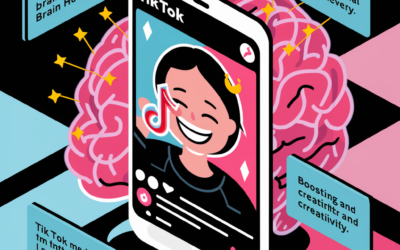In the landscape of artificial intelligence (AI) and machine learning, one technique stands out as a powerful tool for optimizing generative AI outputs—prompt engineering. This comprehensive guide delves into the intricacies of prompt engineering, exploring its significance, examples, and a step-by-step approach to crafting effective prompts. Additionally, we discuss the future of prompt engineering, its career prospects, and provide valuable resources for learning and mastering this skill.
What is Prompt Engineering?
Prompt engineering, at its core, is the process of refining prompts that individuals input into generative AI services, such as ChatGPT and DALL-E, to produce desired text or image outputs. It serves as a crucial technique for both AI enthusiasts and engineers looking to enhance the accuracy and effectiveness of AI-generated content.
Significance in Generative AI
Prompt engineering plays a pivotal role in developing advanced AI services like chatbots for customer service or systems generating legal contracts. In a data-driven world, where training AI models efficiently is paramount, refining prompts ensures the delivery of solutions without manually sorting through extensive datasets.
Proper prompt engineering not only improves output accuracy but also safeguards against injection attacks—malicious attempts to compromise the logic of generative AI models. This, in turn, guarantees consistent and accurate services for companies relying on AI technologies.
Examples of Prompt Engineering
To grasp the essence of prompt engineering, consider these examples tailored for text and image models:
For Text Models (e.g., ChatGPT):
1. What’s the difference between a professional summary and an executive summary?
2. Write a professional summary for a marketing analyst seeking a marketing manager position.
3. Condense it to less than 60 words.
4. Reimagine it with a less formal tone.
For Image Models (e.g., DALL-E):
1. A painting of a cat.
2. A painting of a cat chasing a mouse in Impressionist style.
3. Utilize only warm tones in the painting.
How to Engineer Your AI Prompts
Mastering prompt engineering involves a systematic approach:
1. Express Your Query Clearly: Articulate your query with specific, plain language, devoid of unnecessary fillers. For instance, instead of a vague request, provide explicit instructions like, "Write an outline for an academic research proposal including sections for title, summary, and next steps."
2. Experiment to Find Best Practices: Test various variations of the same request to determine the optimal approach for different types of outputs. For example, explore the need for guidance such as "in a formal tone of voice" and experiment with different inputs and examples.
3. Follow Up with Instructions or Questions: Once you have shaped the output into the desired format and tone, consider limitations on word count or the creation of multiple versions. Iteration is key—continue refining the prompt until achieving the desired results.
The Future of Prompt Engineering
As AI and machine learning progress, the future of prompt engineering holds exciting possibilities. Engineers and researchers are exploring prompts that seamlessly combine text, code, and images. Adaptive prompts, adjusting according to context, are on the horizon. Ethical considerations are also gaining prominence, with prompts designed to ensure fairness and transparency in AI outputs.
Prompt Engineer Career Path and Job Outlook
A career in prompt engineering presents a promising future, with over 3,750 open positions and potential earnings of up to $335k, according to TIME. Prompt engineers require expertise in natural language processing (NLP), Python programming, generative AI models, and contributions to open-source projects.
While a bachelor’s degree in computer science is common, some prompt engineers with non-technical backgrounds have succeeded through dedicated study and experimentation with AI. Vanderbilt University offers an insightful course—Prompt Engineering for ChatGPT—in just 18 hours, providing a foundation for applying prompt engineering to large language models.
In summary, prompt engineering stands as a key technique in optimizing generative AI outputs. This guide has provided a deep dive into its significance, examples, and a practical guide for crafting effective prompts. As the landscape of AI continues to evolve, mastering prompt engineering becomes not only a valuable skill but a gateway to unlocking the full potential of generative AI. Elevate your understanding and application of prompt engineering with the resources and insights shared here.





















